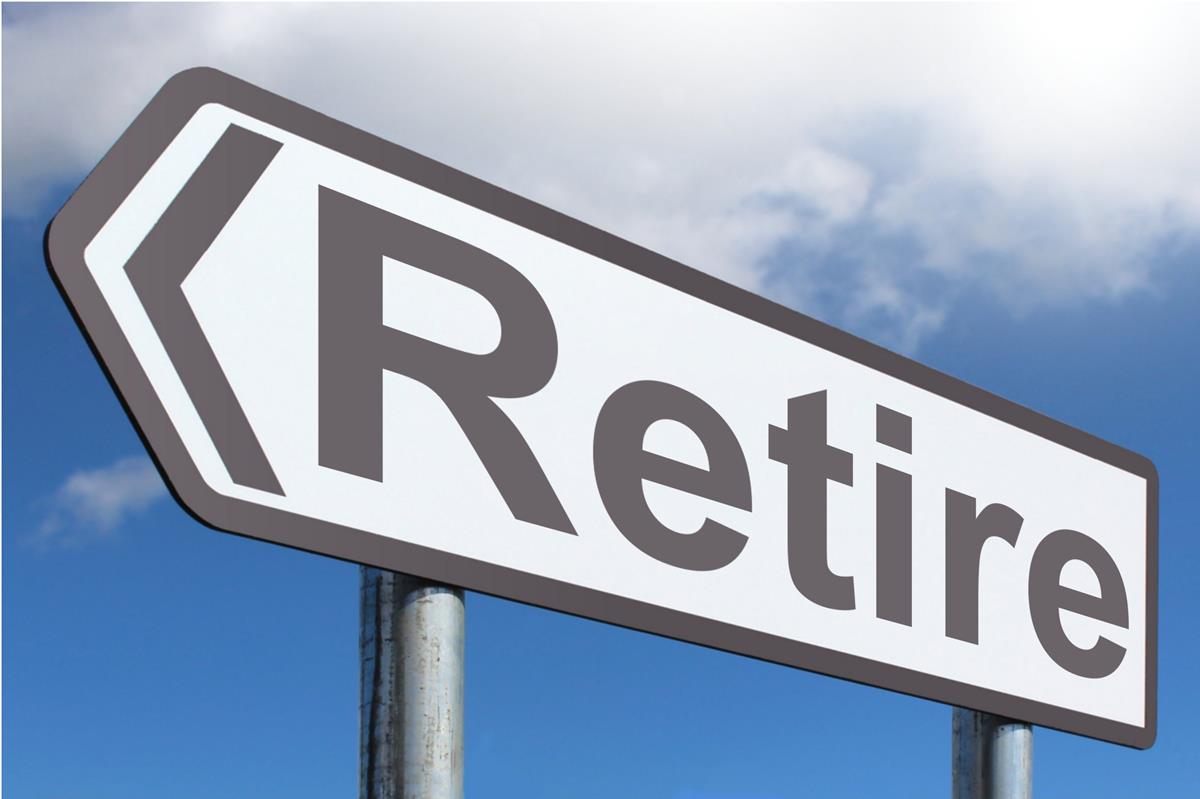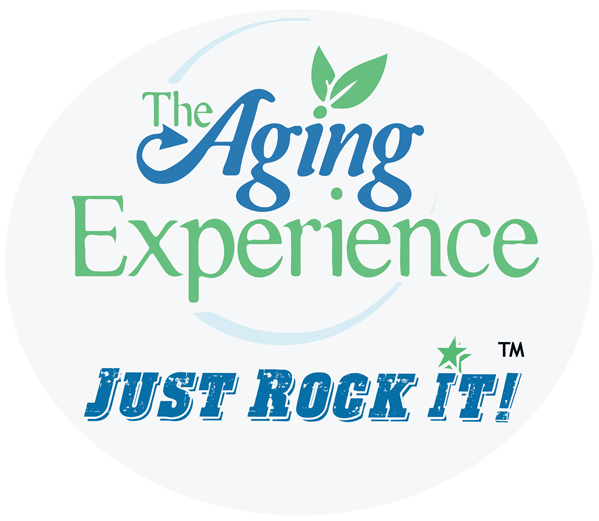Our Friday Song of the Week – Temptations Medley
Our Friday Song of the Week – Temptations Medley
Lightheaded When Standing? Dementia Risk Later?
Feel Lightheaded when Standing Up? You May Have a Greater Dementia Risk
(Editor’s Note: I am only reporting on the study. It does not imply my endorsement or belief in it)
People who feel faint, dizzy or lightheaded when standing up may be experiencing a sudden drop in blood pressure called orthostatic hypotension. Now a new study says middle-aged people who experience such a drop may have greater dementia risk and risk of stroke decades later. The study is published in the online issue of Neurology®, the medical journal of the American Academy of Neurology.
“Orthostatic hypotension has been linked to heart disease, fainting and falls, so we wanted to conduct a large study to determine if this form of low blood pressure was also linked to problems in the brain, specifically dementia,” said study author Andreea Rawlings, PhD, MS, of Johns Hopkins Bloomberg School of Public Health in Baltimore, Md.
For this study, low blood pressure upon standing was defined as a drop of at least 20 millimeters of mercury (mmHg) in systolic blood pressure, which is the pressure in the blood vessels when the heart beats, or at least 10 mmHg in diastolic blood pressure, the pressure when the heart is at rest. Normal blood pressure is less than 120/80 mmHg.
The study involved 11,709 people with an average age of 54 who were followed for an average of 25 years. Participants met with researchers up to five times over the course of the study. None had a history of heart disease or stroke at the beginning of the study.
During the initial exam, participants were screened for orthostatic hypotension. They were instructed to lie down for 20 minutes and then stand up in a smooth, swift motion. Blood pressure was taken five times upon standing. Researchers determined the average of the readings and then calculated the difference from the participant’s average resting blood pressure. Researchers determined that 552 participants, or 4.7 percent, had orthostatic hypotension at the start of the study.
Researchers monitored participants throughout the study for dementia risk and stroke with study visits and by reviewing medical records. During the study, 1,068 people developed dementia and 842 people had an ischemic stroke, which is a stroke where blood flow is blocked to part of the brain.
Researchers found those who had orthostatic hypotension at the beginning of the study had a 54 percent higher risk of developing dementia than those who did not have orthostatic hypotension at the beginning of the study. A total of 999 of the 11,156 without orthostatic hypotension, or 9 percent, developed dementia, compared to 69 of the 552 people with orthostatic hypotension, or 12.5 percent.
In addition, those with orthostatic hypotension had twice the risk of ischemic stroke. A total of 15.2 percent, or 84 of 552 people, with orthostatic hypotension had an ischemic stroke, compared to 6.8 percent, or 758 of 11,157 people without orthostatic hypotension. There was no association with bleeding strokes.
“Measuring orthostatic hypotension in middle-age may be a new way to identify people who need to be carefully monitored for dementia risk or stroke,” said Rawlings. “More studies are needed to clarify what may be causing these links as well as to investigate possible prevention strategies.”
A limitation of the study was that orthostatic hypotension was measured only once during the study and may not represent change in blood pressure over time.
The study was funded by the National Heart, Lung and Blood Institute, the National Institutes of Health and the National Institute of Diabetes and Digestive and Kidney Diseases.
Is There a Link Between High Blood Pressure and Alzheimer’s? – Possibly
High Blood Pressure May Be Linked to Brain Disease, Alzheimer’s
Older people who have higher blood pressure may have more signs of brain disease, specifically brain lesions, according to a study published in the online issue of Neurology®, the medical journal of the American Academy of Neurology. Researchers also found a link between higher blood pressure and more markers of Alzheimer’s disease, tangles in the brain.
“Blood pressure changes with aging and disease, so we wanted to see what kind of impact it may have on the brain,” said study author Zoe Arvanitakis, MD, MS, of the Rush Alzheimer’s Disease Center at Rush University Medical Center in Chicago, and a Fellow of the American Academy of Neurology. “We researched whether blood pressure in later life was associated with signs of brain aging that include plaques and tangles linked to Alzheimer’s disease, a nd brain lesions called infarcts, areas of dead tissue caused by a blockage of the blood supply, which can increase with age, often go undetected and can lead to stroke.”
nd brain lesions called infarcts, areas of dead tissue caused by a blockage of the blood supply, which can increase with age, often go undetected and can lead to stroke.”
For the study, 1,288 older people were followed until they died, which was an average of eight years later. The average age at death was 89 years. Blood pressure was documented yearly for each participant and autopsies were conducted on their brains after death. The average systolic blood pressure for those enrolled in the study was 134 mmHg and the average diastolic blood pressure was 71 mmHg. Two-thirds of the participants had a history of high blood pressure, and 87 percent were taking high blood pressure medication. A total of 48 percent of the participants had one or more brain infarct lesions.
Researchers found that the risk of brain lesions was higher in people with higher average systolic blood pressure across the years. For a person with one standard deviation above the average systolic blood pressure, for example 147 mmHg versus 134 mmHg, there was a 46 percent increased risk of having one or more brain lesions, specifically infarcts. For comparison, the effect of an increase by one standard deviation on the risk of having one or more brain infarcts was the equivalent of nine years of brain aging.
Those with one standard deviation above the average systolic blood pressure also had a 46 percent greater chance of having large lesions and a 36 percent greater risk of very small lesions. Arvanitakis noted that an important additional result of the study was that people with a declining systolic blood pressure also had an increased risk of one or more brain lesions, so it was not just the level but also the declining blood pressure that was associated with brain lesions.
Separately, higher average diastolic blood pressure was also related to brain infarct lesions. People who had an increase of one standard deviation from an average diastolic blood pressure, for example from 71 mmHg to 79 mmHg, had a 28 percent greater risk of one or more brain lesions.
The results did not change when researchers controlled for other factors that could affect the risk of brain lesions, such as whether they used high blood pressure drugs.
When looking for signs of Alzheimer’s disease in the brain at autopsy, researchers found a link between higher average late-life systolic blood pressure across the years before death and a higher number of tangles, but not plaques. Arvanitakis said this link is difficult to interpret and will need more research.
Keeping Yourself Healthy In Retirement – Strategies for Success
 Strategies For Keeping Yourself Healthy In Retirement
Strategies For Keeping Yourself Healthy In Retirement
Aging is a natural part of life and with this new stage comes the time for you to retire from your full-time job. It may not be an easy decision, but keep in mind that staying past your prime isn’t always the wisest choice either.
What will help you feel more comfortable retiring is to have strategies in mind for how you can keep yourself healthy in retirement and engaged in life. Make it your focus, and you won’t have too much to worry about when the time comes to say goodbye to your current position and welcome this next phase with open arms.
Fit in Daily Movement
It’s important to be physically active even as you age and transition to retirement. The key is to incorporate daily movement into your schedule and try to avoid a sedentary lifestyle in front of the television. Join a senior center, go for walks or hikes or find a local class you want to take such as yoga. You’ll have a lot more natural energy and will be in a better mood when you consistently exercise and challenge your body to new workouts. You’ll have plenty of time in your schedule now, so there won’t be any excuse as to why you can’t make this a reality going forward.
See Your Doctor Regularly & Address Health Concerns
Part of aging means facing the reality that your mind and body will begin to change. It’s a wise idea to see your doctor regularly and proactively address any health concerns. If you’re dealing with a lot of aches and pains or depression, you may want to check out a site such as Leafbuyer as a solution for helping you manage these ailments so you can feel better fast. Get your doctor onboard so they can help you manage how much is good for your body and what strains you should be taking depending on your condition.
Fill Your Social Calendar
It can be tricky to stay in touch with people and make new friends in retirement age. You won’t be going into your job each day and interacting with your coworkers and friends who you used to see on a daily basis. It’s going to be up to you to fill your social calendar and participate in new hobbies or activities that allow you to socialize with others and challenge yourself. Your health will improve when you make time to be with other people in a social setting and aren’t always sitting at home alone. Stay connected to friends and family and don’t be afraid to expand your social circle and meet new acquaintances too.
Maintain A Healthy Diet
It may be tempting to indulge in unhealthy foods and get out of your normal routine when you’re in retirement age. However, remember that what you eat acts as fuel for your body and will either help rejuvenate you or weigh you down. You’ll have a lot more freedom to eat what and when you want so it’s important to pay attention and be careful about what you’re consuming. What will help, however, is if you get in the habit of cooking for yourself at home to help you maintain a healthy diet. Set a timer if you have to that will remind you to eat morning, noon and night and then incorporate a few healthy snacks throughout your day as well.
Get Enough Sleep
You need sleep so you can restore your mind and body and keep functioning at your best. Retirement is a great opportunity to catch up on your shut-eyeand give yourself a break from always rushing around and having to be at a job. You’ll be able to stay healthy in retirement when you get enough sleep and make it a point to rest and take breaks consistently. It is another reason you should get plenty of movement throughout the day. The more active you are, the better you’ll sleep at night because you’llactuallyfeel tired. Confirm your bedroom is configured to get a good night’s rest by setting it to the right temperature and blocking out any light with curtains.
Challenge Your Mind
It’s just as important to keep yourself mentally active as it is to be physically active as you age. Get in the habit of reading books or trying to solve crossword puzzles on a daily basis. Make sure you’re participating in at least one or two activities each day that solely challenges your mind and makes you think. The more you use it, theless of a chance you’ll have at suffering from unfortunate health conditions. There are a lot of different ways to put your brain to the test in retirement, but you have to be willing to take the time to do so.
Work A Part-Time Job or Volunteer
You may find that once you’re done working your previous full-time job that you miss it and want to make a littleextra money on the side, or find that you’re bored and want to be around others. What you can do is find a part-time job in your area or volunteer for a local causeyou feel passionateabout. Both of these ideas are a great way to spend your extra time and will likely be a rewarding experience for you.Itis your chance to work a job outside of your normal industry or assist others who are in need and could use a helping hand. A part-time position is also an excellent way to bring in a little extra income if you need or want it.
Conclusion
Retiring sounds like fun until you’re faced with the challenge to keep yourself healthy as you age. Feel more comfortable with your decision when you’re good about taking advantage of these suggestions for how to better care for yourself in the years to come. Put you and your wellbeing first, and you shouldn’t have any problems adjusting to your new lifestyle and being healthy in retirement. Remember to make smart choices and that you can always pick yourself back up should you fall off course.
Emerging Products and Services – What Caregivers Need to Know – Smilecast 148
What’s coming down the pike you ask in technology, services and emerging products? Well we have just the expert who will tell us what we have to look forward to that will make our lives as caregivers less stressful while improving the quality of life for our loved one’s. Next Avenue named Mary one of its “2016 Influencers in Aging.”
Read more about our expert – Dr. Mary Furlong
Mary Furlong, Ed.D., President and CEO of Mary Furlong & Associates (MFA), is a leading authority on the longevity marketplace. Successful social and serial entrepreneur, (SeniorNet (1986), ThirdAge Media (1996), and MFA (2002)), Mary has secured over $140 million in venture financing and corporate sponsorships for companies.
Podcast: Play in new window | Download
Subscribe: Apple Podcasts | RSS










